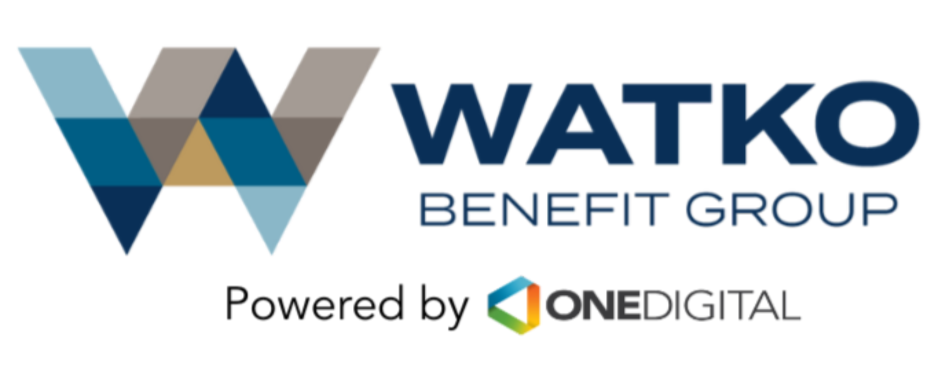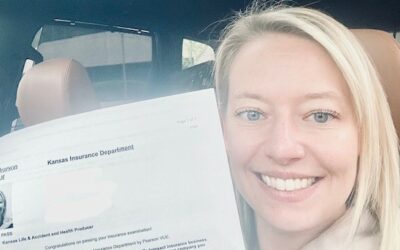By: Connor Strong & Buckelew
In a report from November 2016, the Employee Benefit Research Institute (EBRI) evaluated HSA plan results from 2015 to offer insight on the state of HSA based high deductible health plans. The highlights of their report are enlightening to employers and plan sponsors offering such plans and those considering it:
- In 2015, enrollment in these HSA-eligible health plans was estimated to be between 20 and 22 million policyholders and their dependents. It has also been estimated that there were 16.7 million HSAs holding $30.2 billion in assets as of December 31, 2015.
- Enrollment in HSA-eligible health plans is expected to continue to grow. According to a recent survey of employers, 25% of employers with 10 to 499 employees and 61% of employers with 500 or more employees offered an HSA-eligible health plan or health reimbursement account (HRA) in 2016. By 2019, 34% of employers with 10 to 499 employees and 72% of employers with 500 or more employees say they are very likely to offer such a health plan. It is expected that 18% of employers with 500 or more workers will offer an HSA-eligible health plan or HRA as the only plan option by 2017.
- Of the four million HSAs in the EBRI database that were open at any point during 2015, including some that were closed before the end of 2015, the average balance was $1,844, up from $1,332 at the end of 2014. 59% of the four million HSAs received individual or employer contributions in 2015, while 41% did not receive any contributions. HSAs with contributions ended 2015 with an average balance of $2,440, up from $1,651 at the end of 2014. HSAs without contributions ended 2015 with an average balance of $987, up from $873 at the end of 2014.
- HSAs with investments beyond cash accounted for 3% of the accounts in the database, and 18% of the assets. They ended 2015 with an average balance of $10,647, compared with $1,561 among accounts without investments. Overall, 80% of the HSAs had balances greater than zero at the end of the 2015.
- Nearly one-half (45%) of HSAs received individual contributions, 46% received employer contributions, and 53% received distributions during 2015. Individual HSA contributions averaged $833 in 2015 and averaged $1,864 when considering only those HSAs with an individual contribution in 2015. Similarly, employer contributions averaged $434 for 2015, but for those HSAs that received some employer contributions during the year, the employer contributions averaged $948. Distributions averaged $935 for all HSAs in the database for 2015, but were $1,748 for those accounts with a distribution during the year.
- Under one-half (45%) of HSA owners contributed to their account in 2015. More specifically, 9% made a contribution in the range of $1,000 to $1,999 and 12% contributed between $2,000 and $4,999. Only 1% contributed $6,650 or more, though individuals with employee-only coverage were allowed a maximum contribution of $3,350 in 2015 (individuals ages 55 or older could make catch-up contributions up to an additional $1,000).
- Similarly, under one-half (47%) of HSA owners received an employer contribution in 2015. One-quarter (25%) had an employer contribution of $100 to $999; 14% received an employer contribution of $1,000 to $1,999; and 4% had an employer contribution of $2,000 or more.
- Considering overall contributions, 41% of HSAs did not receive any contributions in 2015, while 17% received contributions between $2,000 and $4,999, and 3% received $6,650 or more in contributions. Contribution levels for 2015 were higher for HSAs with investments. Among accounts with investments, 31% had contributions between $2,000 and $4,999, 14% received contributions between $5,000 and $6,649, and 5% had $6,650 or more in contributions. In contrast, of the HSAs that did not have investments, 11% received contributions between $2,000 and $4,999, 3% received contributions between $5,000 and $6,649, and 1% had $6,650 or more in contributions.
- Just over one-half (54%) of HSAs had distributions in 2015, while 46% did not. Most distributions were for healthcare claims, but nonqualified distributions and rollover distributions are also mixed in with distributions for healthcare claims in the EBRI HSA Database. Yet, most distributions were small. Among accounts with a distribution, 30% were below $500, 17% were between $500 and $999, and 21% were between $1,000 and $1,999. About one-third of 2015 distributions were at least $2,000.
- Average 2015 contributions and distributions generally increased with owner age. Contributions in 2015 averaged $1,017 for individuals under 25 and $3,081 for individuals ages 55 to 64. Similarly, average distributions ranged from $634 for individuals under 25 to $2,319 for individuals ages 55 to 64. Average net contributions, or the excess of 2015 contributions over distributions, also increased with age, until age 65. Individuals under 25 had an average net contribution of $383 in 2015, while those ages 55 to 64 had an average net contribution of $762. About 30% of accounts had distributions that were larger than their 2015 contribution.
The number of employers expected to offer an HSA-eligible health plan either as an option or as an only health plan option is expected to continue to increase. As a result, HSA-eligible health plans and HSAs are expected to grow as a vital component of employment-based health coverage. Furthermore, with the anticipated changes forthcoming to the ACA, it is expected that there will be a resurgence in account based plans as a part of any new plan.




